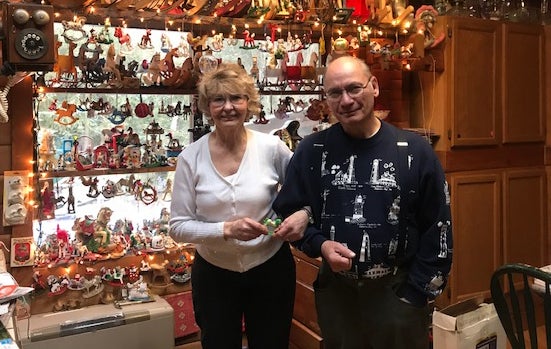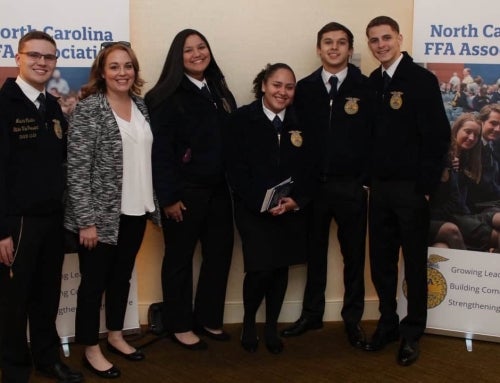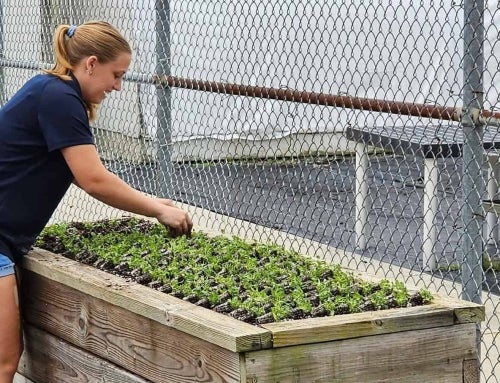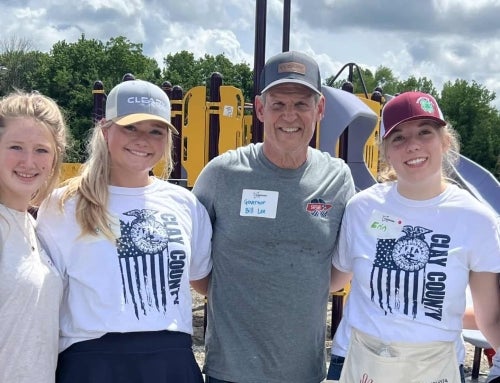This year marks the 50th Anniversary of the 1969 National FFA Convention, which saw the acceptance of female membership in FFA. Gay Erickson, an FFA member from New York, (pictured here with her husband, George Reandeau) was one of many women who paved the way for this historic vote.
The notes to “America the Beautiful” danced across the pages of the music sheet that Gay Erickson received in 1967. Erickson had been encouraged by the local agriculture education teacher, Dr. Martin, to audition for the National FFA Band as a senior in high school, and she was thrilled when the acceptance letter came in the mail.
“In 1967, I was one of only two people from the entire state of New York to be selected to play at the National FFA Convention in Kansas City, and it was really exciting,” Erickson remembers. “I immediately started making travel plans and practicing the songs. I even cleaned and pressed my official dress for the event. At the time, skirts weren’t included in the FFA manual, but they were required by my school.”
Seeing the conundrum, Erickson’s teacher wrote to the coordinators to clarify whether she was expected to wear a skirt or pants with her official dress. Until that moment, National FFA Advisor Neville Hunsicker had no idea that “G. Erickson” was a female FFA member. During that time, national membership was only allowed to male students. As a result of that rule, Erickson was not allowed to play her flute in the National FFA Band.
“I grew up as a ‘stump jumper’ in Alaska, living in a 12×18-foot homemade cabin with my four brothers and sisters,” says Erickson. “Living such a remote life, we did everything together, and that included playing our instruments and keeping our skills honed.”
While the issue of allowing female membership in FFA was never truly dormant, Erickson ’s reconsideration sparked a series of events including states such as Maryland, Massachusetts and Michigan to officially revise their constitutions and bylaws to provide for female membership at the state association level. Less than two years later, the motion to accept women into the National FFA Organization would pass by a two-vote margin.
Fifty years later, Erickson can hardly believe that her denial would change the makeup of the largest youth organization in the world.
“I am so grateful for the events that took place during my high school FFA experience,” Erickson says. “I have led an extraordinary life, and I know that being an FFA member played a significant role in that. I would encourage FFA members today to learn from this moment in history. Don’t let yourself be limited by the ideas that other place upon you. You need to work hard, do your best and avoid judgment, as well. Work toward what you want to get and make an environment for yourself that allows you to succeed.”
While Erickson may not pick up the flute nearly as often as she used to, she still remembers the lessons she learned while wearing her blue jacket every time “America the Beautiful” plays.












